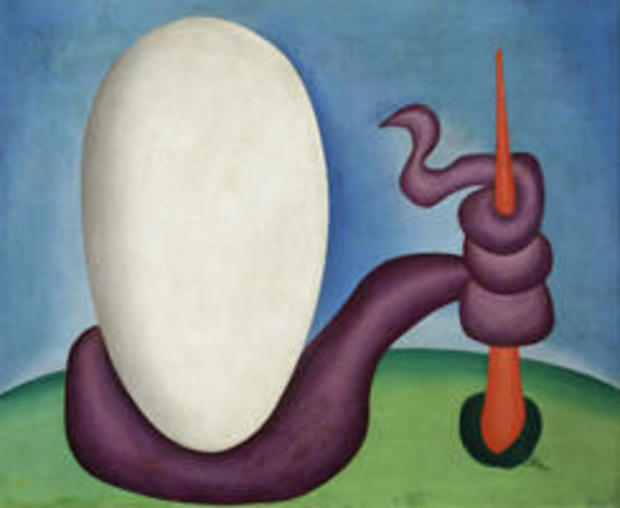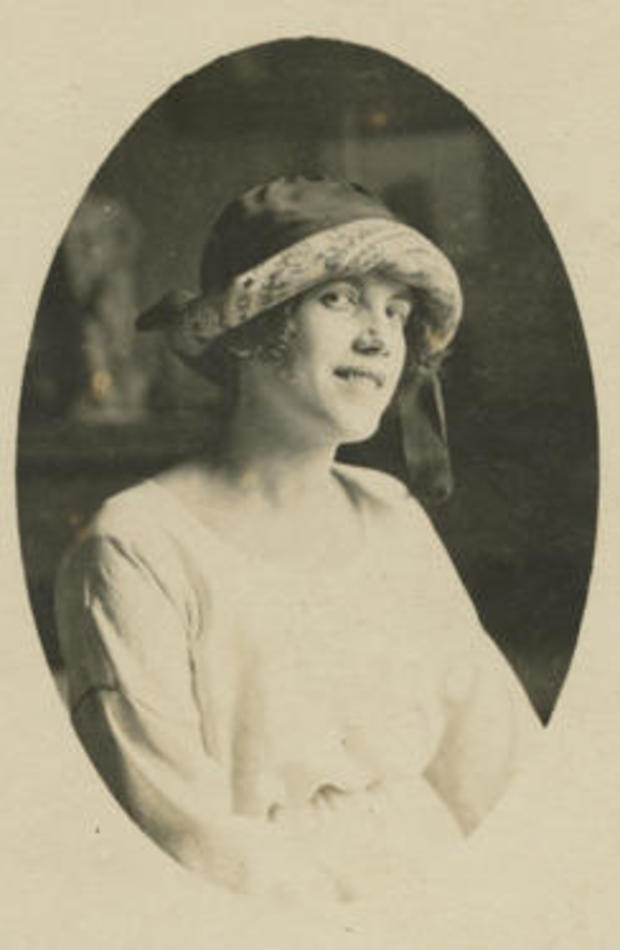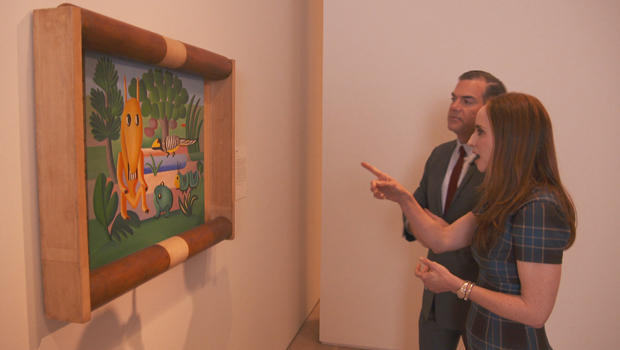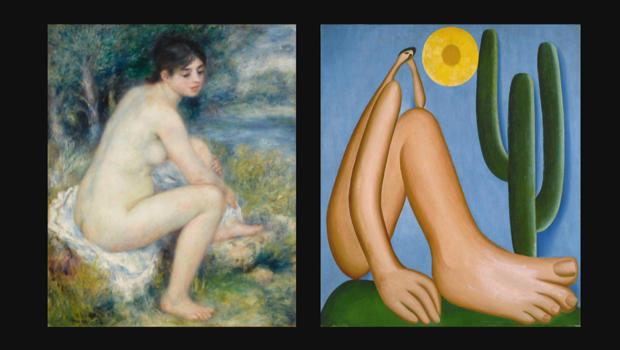Tarsila, the "Picasso of Brazil"
Now on display in New York after a run in Chicago: the work of a Brazilian artist Faith Salie says North Americans need to know ...
In her native country, Brazil, all you need to say is her first name: Tarsila.
"For Brazilians, her recognition is kind of off the charts," said James Rondeau, the director of the Art Institute of Chicago, recent home to an exhibit of Tarsila's work. "She is the Picasso of Brazil."
But in the United States, artist Tarsila do Amaral is virtually unknown.
Salie asked, "Why hasn't there been an exhibition devoted to her until now?"
"It's a difficult question to answer in some ways, right?" Rondeaus aid. "We're facing issues of geography; we're facing issues of gender. So, I think this exhibition aims to be a corrective, both in terms of recognition for Tarsila's work, but also in terms of how we understand the story of modernism."
The exhibit is now open at the Museum of Modern Art in New York.
Tarsila is considered the mother of modern art in Brazil. Born in 1886 in Sao Paulo on a coffee plantation, her family's wealth allowed her to travel and pursue higher education, which was unconventional for women at the time.
In her 30s, she moved to Paris -- a single woman determined to become a modern artist.
While in Paris she absorbed the avant garde trends of artists such as Pablo Picasso, Constantin Brâncuși, and Fernand Léger, among others. "She experimented with Cubism, and she kind of said, 'You know, I understand it. It's not for me,'" said Rondeau.
"She called it her 'military service,'" said Salie.
"Exactly. It was obligatory, right? And she was aware of a responsibility, an ambition, a desire to somehow represent Brazil -- to be a fundamentally Brazilian artist."
It meant painting her homeland's plants and animals with whimsical surrealism and vibrant color -- not just the colors of Brazil's landscape, but of its native people, too.
"The colors are absolutely beautiful," said Salie.
"Vibrant, tropical -- this is not a 'European palette,' right?" said Rondeau. "This is a palette that's trying to speak about her native Brazil, and a Brazilian sensibility."
In "Postcard" (1929), Tarsila painted leaves as hearts. "You have a sense of an artist who's actually having fun," Rondeau said.
Her work inspired a Brazilian art movement called "antropofagia," or cannibalism. The term encouraged artists to digest other cultures in order to create new, unique art for Brazil.
"And they thought, 'Okay, Brazil should be open to everything outside of Brazil," said Luis Pérez-Oramas, a leading Latin American art historian and curator of the exhibit at MoMA. "We should assimilate that and thrust from that into a very specific and unique national culture."
It was during her 20s that Tarsila accomplished her signature style. A prime example of this is Tarsila's painting "Abaporu" -- one of her most celebrated works.
Rondeau said, "The female bather, Tarsila took that on as known and established European convention, and translated it for her own purposes, for her own vision, but also related to the Brazilian landscape."
The "cannibalism" notion -- taking something that's a trope in Western European art and turning it into something extremely Brazilian.
But after her most prolific period in the 1920s, Tarsila's world changed. She lost her wealth in the Great Depression, and not long after, a military dictatorship took over Brazil. Her work became more somber and political.
Pérez-Oramas said that Tarsila "became a committed social painter while maintaining her absolutely refined and masterful style. She did not abandon what she had assimilated from modern art. She transformed that into a new kind of subject matter."
Tarsila do Amaral died in 1973 at the age of 86. Decades later, she is remembered for sharing the beauty of Brazil through her paintings for an audience that continues to grow.
Salier said, "Tarsila died almost 50 years ago, [yet] she's still very present."
"Very present. Very, very present, but again essentially invisible to North American audiences," said Rondeau. "Until now!"
For more info:
- Tarsila do Amaral: Inventing Modern Art in Brazil, at the Museum of Modern Art, New York City (through June 3) | Purchase tickets
- Exhibition Catalogue: Tarsila do Amaral: Inventing Modern Art in Brazil
- tarsiladoamaral.com.br (Official site)
Story produced by Sara Kugel.













